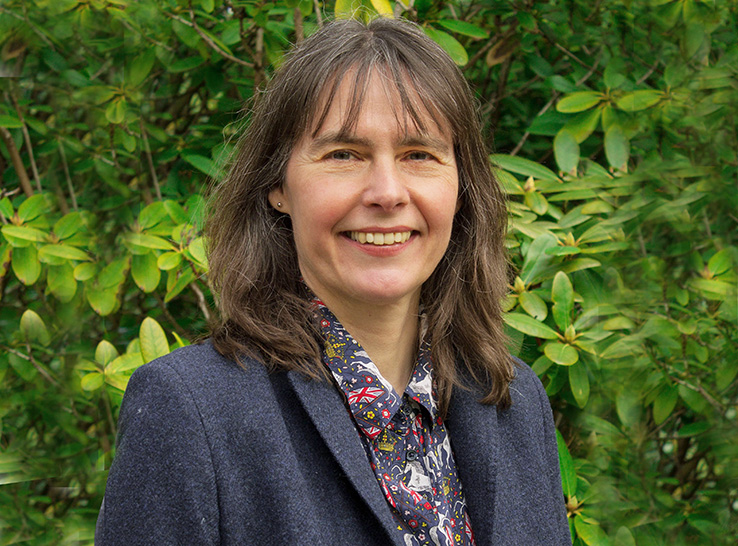
Virginia Tech researchers report varying benefits of emulsifiers in layer hens
Feed additives, which facilitate nutrient transport in birds, can help producers counter the rising costs of energy sources in poultry diets and loss of resources resulting from the competition for these ingredients. Emulsifiers could be a promising option here.














